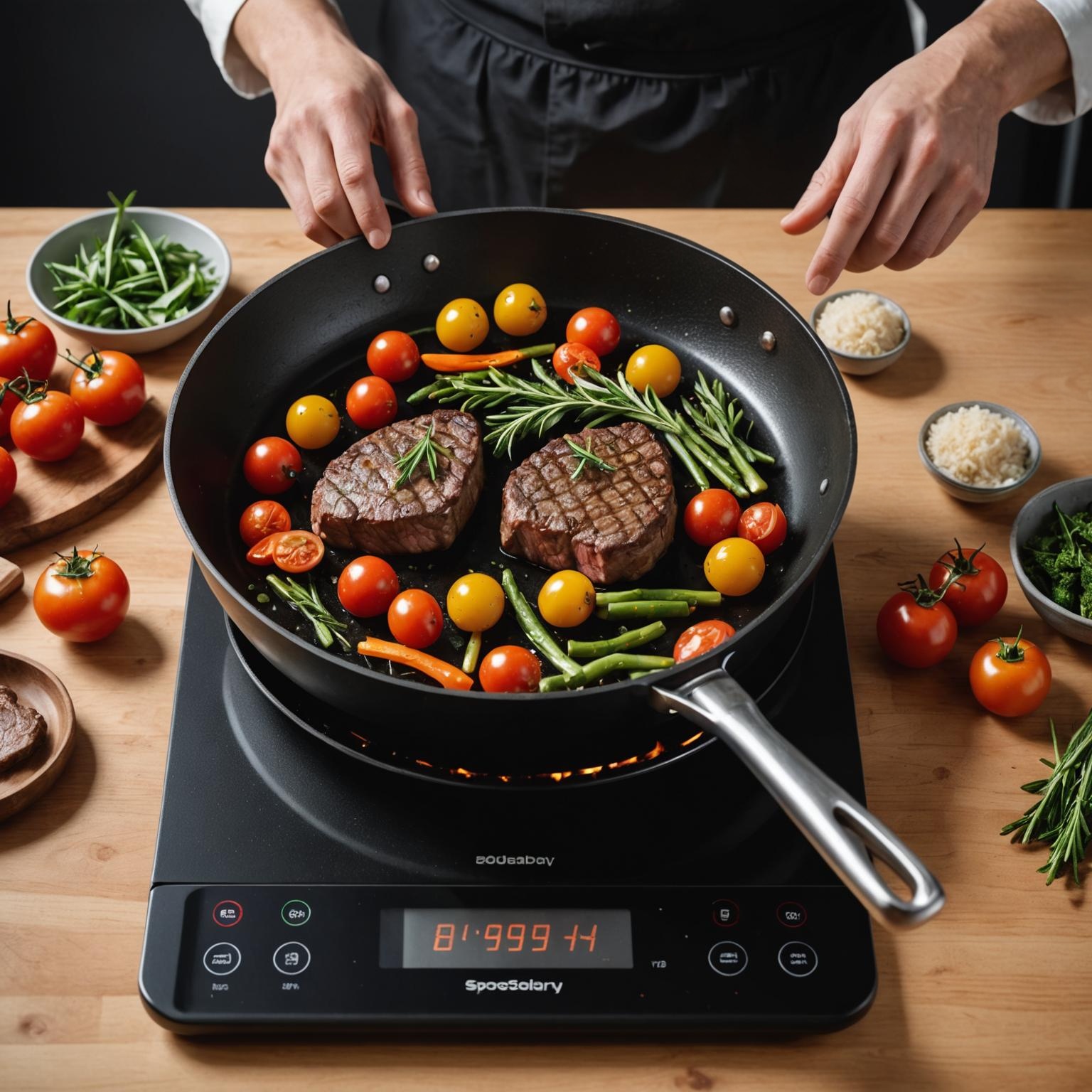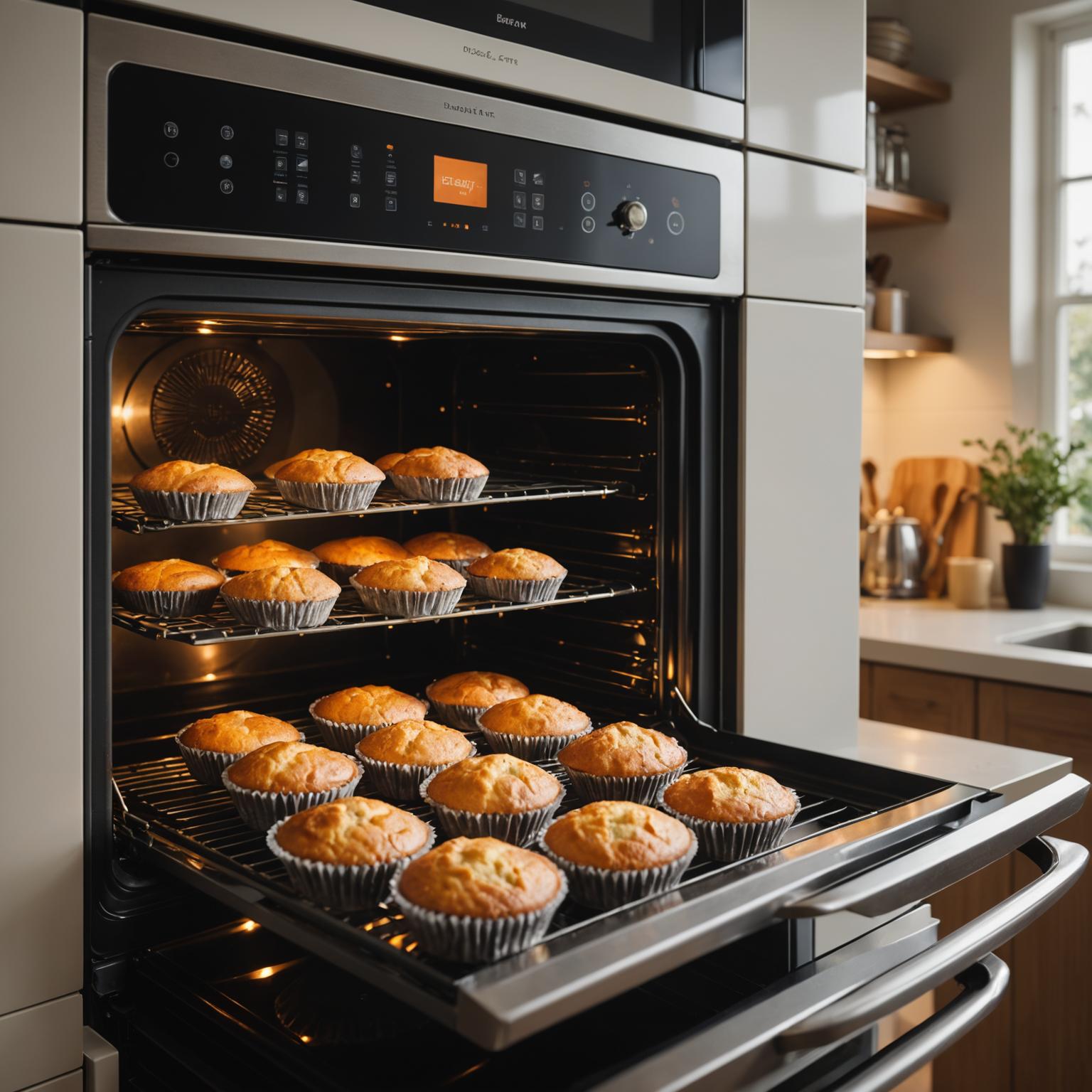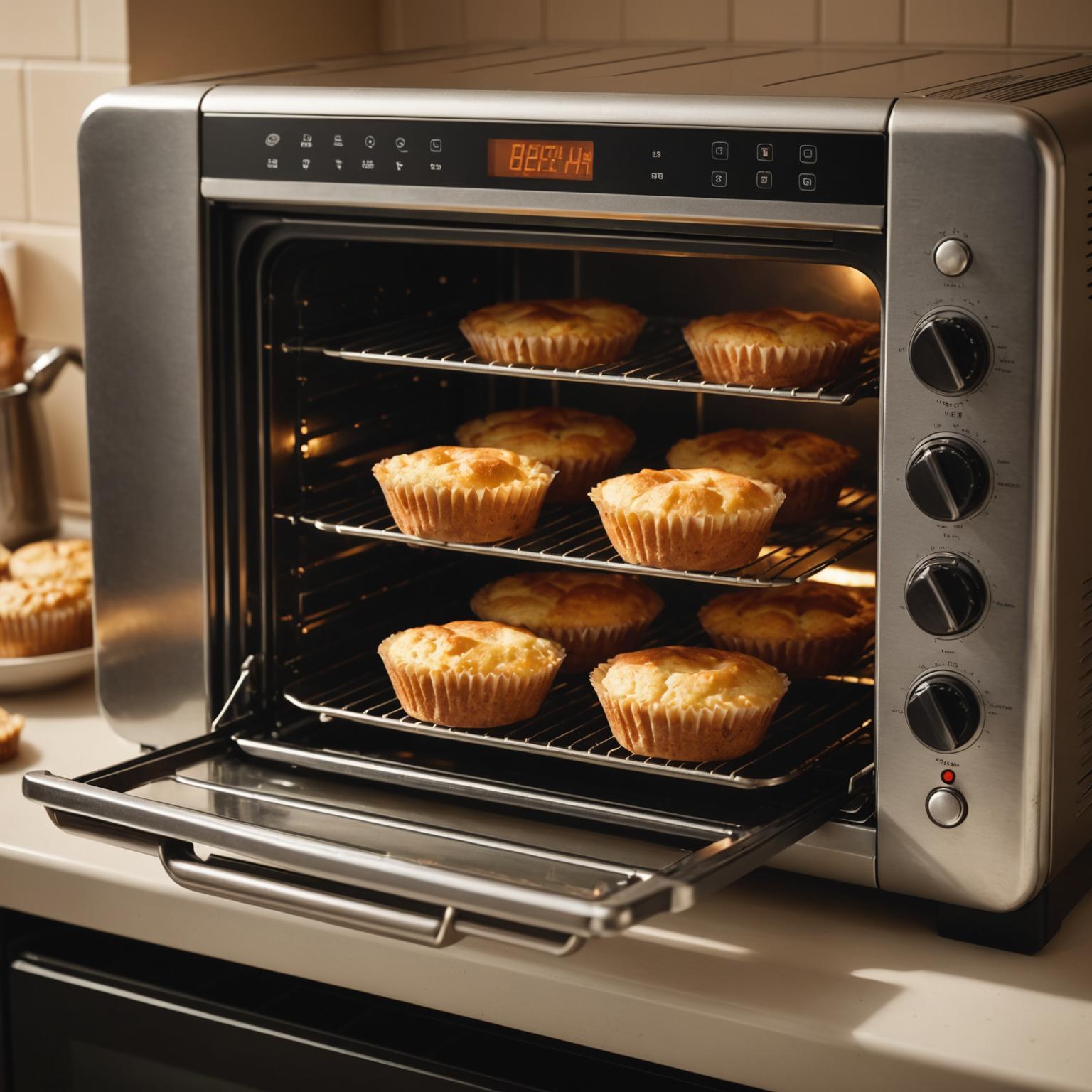Choosing the right portable stove can transform your cooking experience, whether you need an extra burner for a holiday feast, an efficient solution for a dorm room, or a compact cooktop for a small apartment. With various technologies available, the decision often comes down to a comparison between two popular options: the traditional electric portable stove and the modern induction cooktop. Understanding the fundamental differences in how they operate, their efficiency, and safety features is key to making an informed choice that suits your culinary needs.
The Classic Contender: The Electric Portable Stove
The traditional electric portable stove is a familiar sight in many kitchens. These devices typically use either a resistive coil or a flat ceramic-glass surface that heats up when electricity passes through it. The heat is then transferred to the cookware through direct contact. One of the primary advantages of this type is its universal compatibility; it works with virtually any type of flat-bottomed pot or pan, whether it's aluminum, stainless steel, or ceramic. They are also often more affordable upfront. However, they come with notable drawbacks. Heating can be slow as the element itself needs to reach the target temperature first. They are also less energy-efficient, as a significant amount of heat is lost to the surrounding air instead of being transferred directly to the food. Furthermore, the surface remains dangerously hot for a considerable time after being turned off, posing a safety risk.
The Modern Marvel: The Induction Portable Stove
In contrast, the induction portable stove represents a leap forward in cooking technology. Instead of using a hot element, an induction cooktop generates a magnetic field. When a compatible, magnetic-based pot (like cast iron or magnetic stainless steel) is placed on the surface, this field induces an electric current directly within the cookware, causing the pot itself to become the source of heat. This process is incredibly efficient and fast. The primary advantage is its capability as a fast heating portable stove, often boiling water in half the time of its electric counterpart. Because the heat is generated in the pan, the cooktop surface remains relatively cool to the touch, significantly enhancing safety. This technology also allows for incredibly precise and instantaneous temperature control, giving the cook superior command over their culinary creations.
Speed, Efficiency, and Control: A Direct Comparison
When it comes to performance, the differences are stark. An induction portable stove offers nearly instant heat, making it the undisputed champion for speed. This is a direct result of its superior energy efficiency, where up to 90% of the energy is transferred to the food, compared to roughly 65-70% for an electric cooktop. This efficiency not only saves time but also reduces electricity consumption. An electric portable stove often struggles with responsiveness; it takes time to heat up and cool down, making precise simmering or preventing a boil-over more challenging. Induction cooktops, however, respond immediately to adjustments, behaving more like a gas stove in their level of control. This makes them ideal for delicate sauces, searing, and any technique that demands quick temperature changes.
Making the Right Choice for Your Kitchen
Ultimately, the choice between an electric and induction portable stove depends on your priorities. If budget and the ability to use existing, non-magnetic cookware are your primary concerns, a classic electric model may suffice. However, for those who value speed, safety, energy efficiency, and precise cooking control, the induction cooktop is the clear winner. Its ability to function as a fast heating portable stove, coupled with its safety features and sleek design, makes it a superior investment for the modern kitchen. While it requires compatible cookware, the remarkable performance and long-term energy savings often justify the switch, elevating your cooking from a simple chore to a refined and enjoyable experience.






